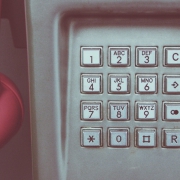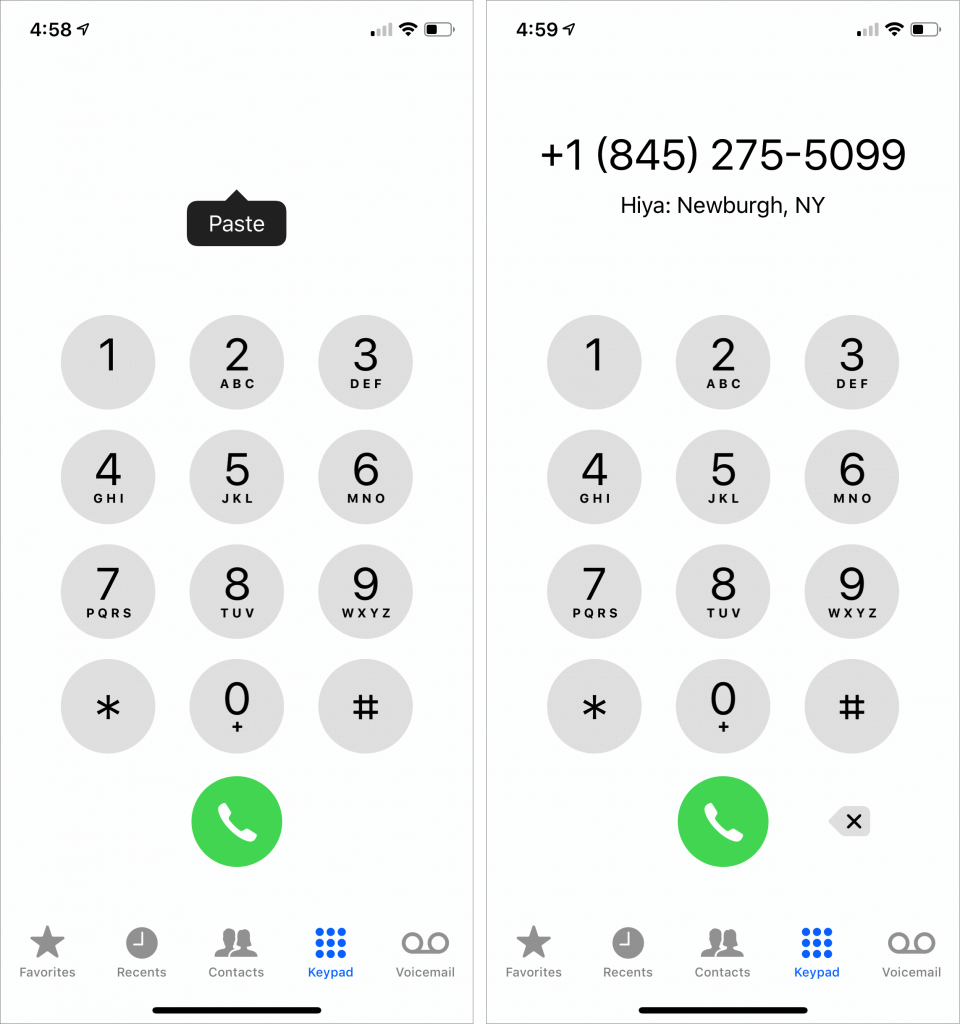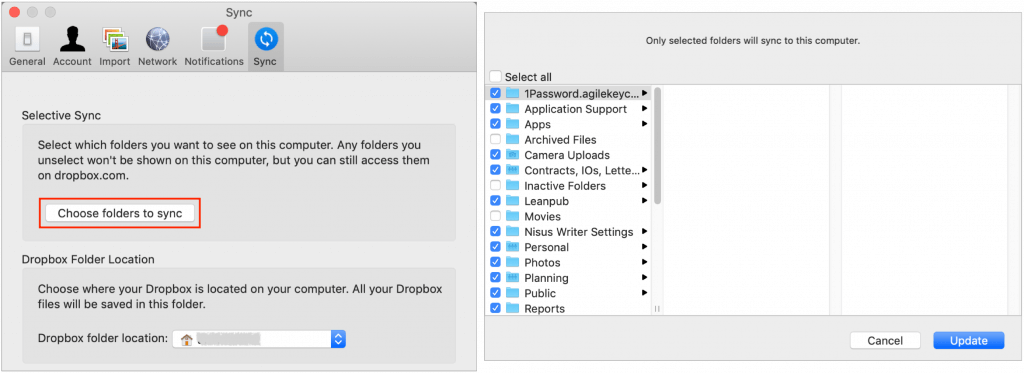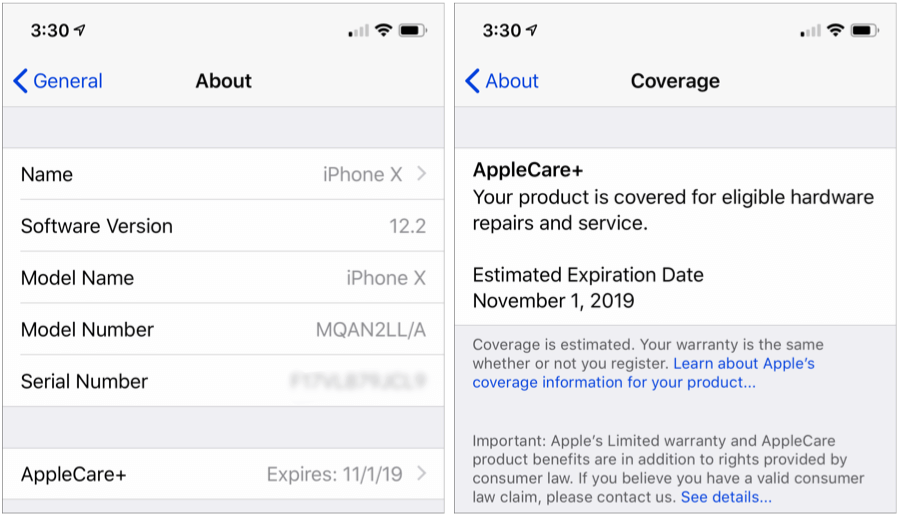Never Send Someone a Password in Mail or Messages: Do This Instead!
One of the big no-nos with passwords is sending them to other people as plain text in email or a text message conversation. You presumably trust your recipient with the password, but what if their email was hacked or phone stolen? Instead, always use a site like 1ty.me or One-Time Secret, which lets you turn a password into a Web link that can be opened only once. Send that link to the recipient, and when they get the password out, they can store it in a secure password manager like 1Password or LastPass.

(Featured image by Kristina Flour on Unsplash)


















